Sharath T. S.
A Dual Encoder Sequence to Sequence Model for Open-Domain Dialogue Modeling
Oct 28, 2017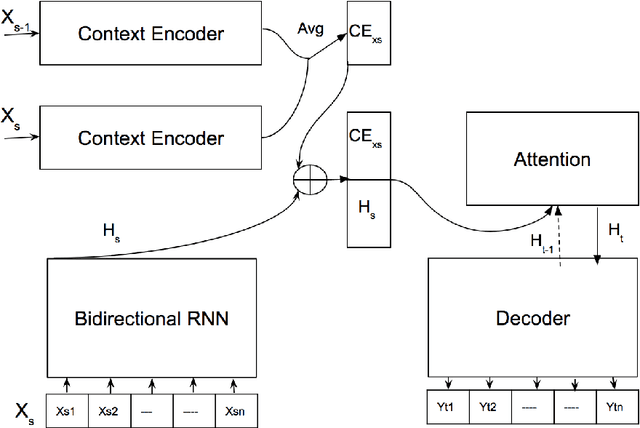
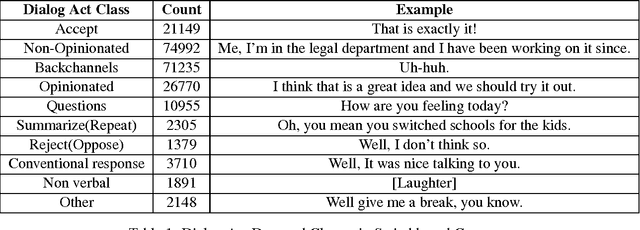
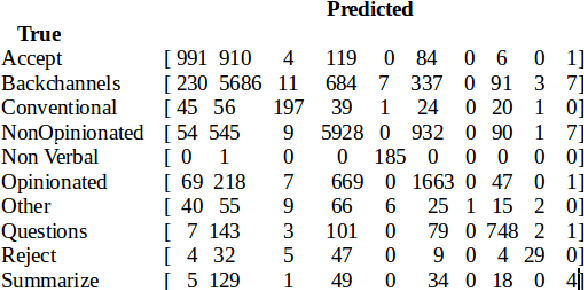

Abstract:Ever since the successful application of sequence to sequence learning for neural machine translation systems, interest has surged in its applicability towards language generation in other problem domains. Recent work has investigated the use of these neural architectures towards modeling open-domain conversational dialogue, where it has been found that although these models are capable of learning a good distributional language model, dialogue coherence is still of concern. Unlike translation, conversation is much more a one-to-many mapping from utterance to a response, and it is even more pressing that the model be aware of the preceding flow of conversation. In this paper we propose to tackle this problem by introducing previous conversational context in terms of latent representations of dialogue acts over time. We inject the latent context representations into a sequence to sequence neural network in the form of dialog acts using a second encoder to enhance the quality and the coherence of the conversations generated. The main task of this research work is to show that adding latent variables that capture discourse relations does indeed result in more coherent responses when compared to conventional sequence to sequence models.
Topic Based Sentiment Analysis Using Deep Learning
Oct 28, 2017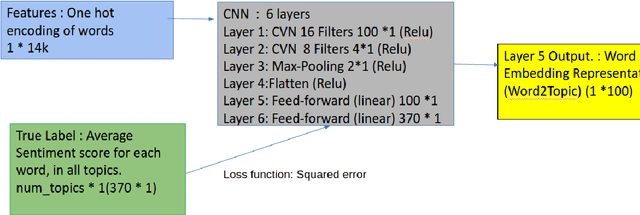

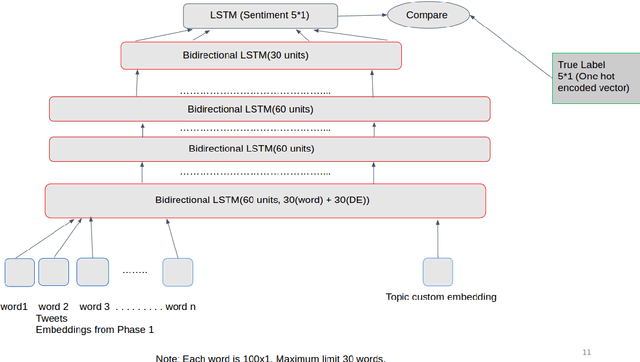
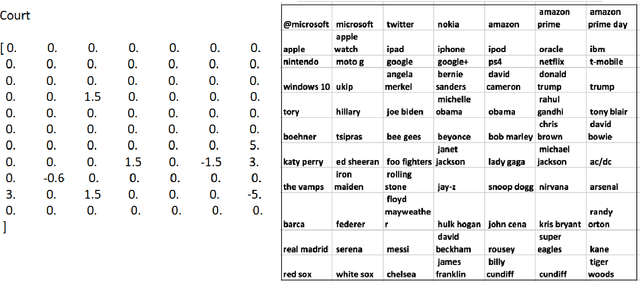
Abstract:In this paper , we tackle Sentiment Analysis conditioned on a Topic in Twitter data using Deep Learning . We propose a 2-tier approach : In the first phase we create our own Word Embeddings and see that they do perform better than state-of-the-art embeddings when used with standard classifiers. We then perform inference on these embeddings to learn more about a word with respect to all the topics being considered, and also the top n-influencing words for each topic. In the second phase we use these embeddings to predict the sentiment of the tweet with respect to a given topic, and all other topics under discussion.
 Add to Chrome
Add to Chrome Add to Firefox
Add to Firefox Add to Edge
Add to Edge